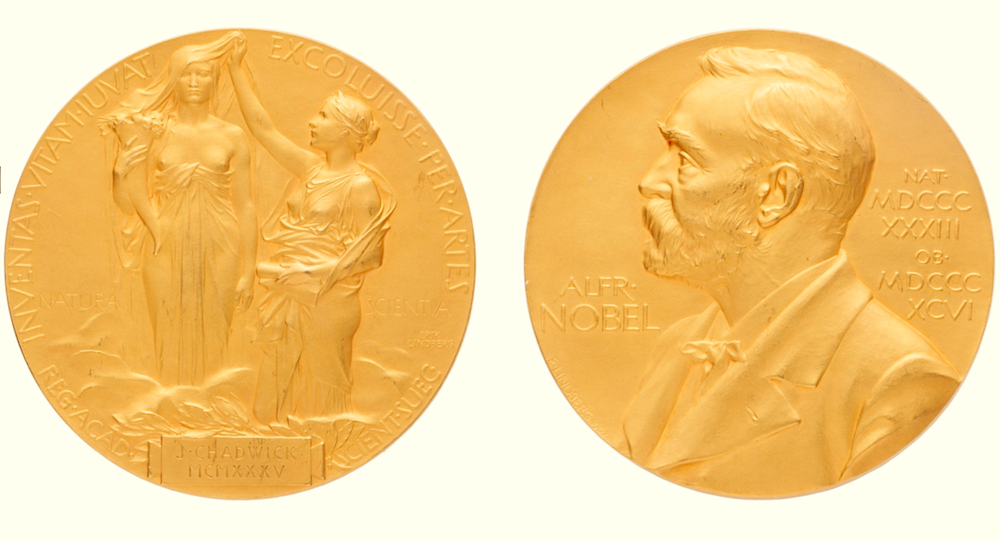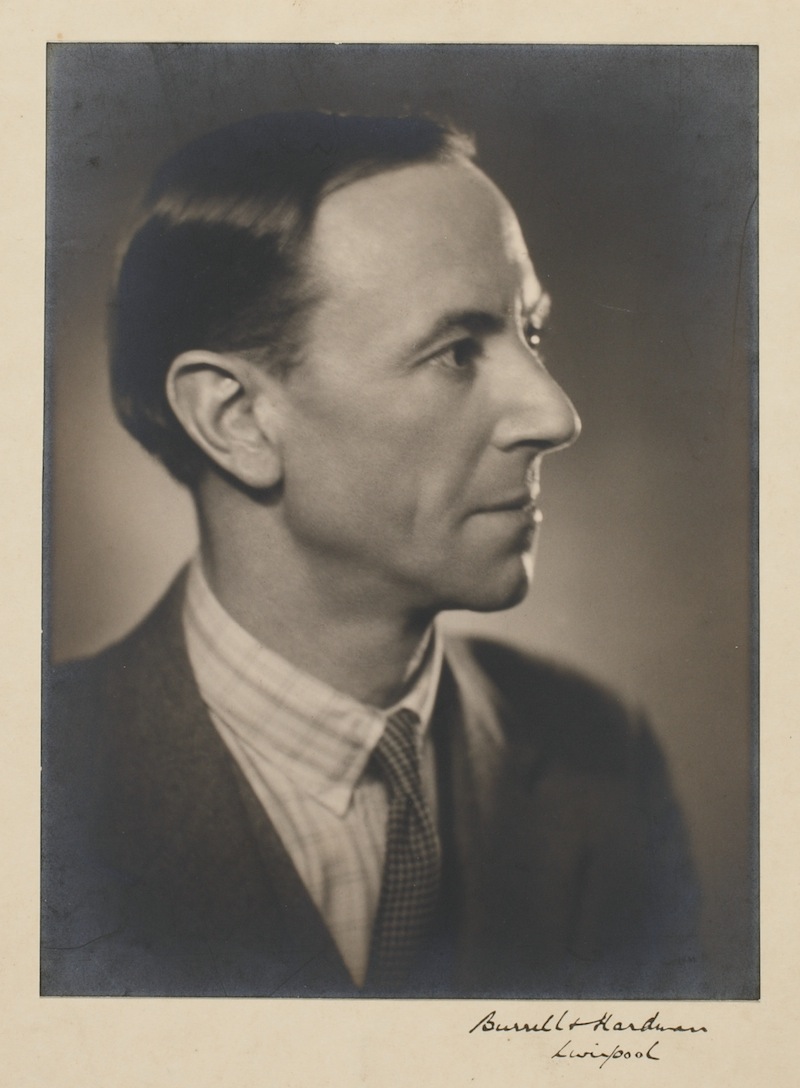Sold! Nobel Prize for Neutron Discovery Auctioned for $329,000

The 1935 Nobel Prize in physics that was awarded to English scientist James Chadwick for his discovery of the neutron was sold at auction this week for $329,000.
Sotheby's auction house, which handled the sale yesterday (June 3) in New York, estimated that the Nobel gold medal and its accompanying diploma would sell for between $200,000 and $400,000. Sotheby's did not release any information about the buyer. The seller was a collector of medals and coins, who bought Chadwick's Nobel gold medal and diploma from the famed physicist about 20 years ago.
With this week's auction, the seller may have been trying to strike the same fortune as Francis Crick's family. The medal awarded to Crick in 1953 for the discovery of DNA's twisted ladder shape was offered at auction last year, marking the first public sale of a Nobel Prize. With little precedent for the sale, Heritage Auctions had valued Crick's medal and diploma at $500,000. It far exceeded expectations, selling for more than $2 million.

Chadwick studied under British scientist Ernest Rutherford, who is considered the father of nuclear physics, and whose model of the atom (which was the first to show that much of its charge was concentrated in a nucleus) earned him a Nobel Prize in chemistry in 1908.
Decades later, Chadwick proved the theoretically predicted existence of neutrons — electrically neutral particles in the nucleus of an atom that have slightly more mass than protons. Scientists soon understood that neutrons could be used in nuclear chain reactions to release massive amounts of energy. Chadwick, who was knighted in 1945, was involved in developing the first atomic bombs during World War II, as head of the British contingent of the Manhattan Project. He even witnessed the Trinity bomb test — the world's first nuclear explosion — on July 16, 1945, at the Alamogordo Air Base in New Mexico.
Follow Megan Gannon on Twitter and Google+. Follow us @livescience, Facebook & Google+. Original article on Live Science.
Sign up for the Live Science daily newsletter now
Get the world’s most fascinating discoveries delivered straight to your inbox.










